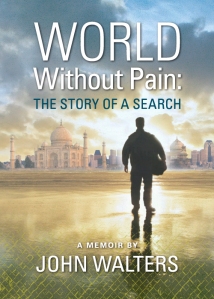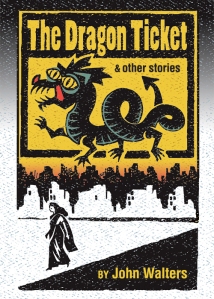This is a fascinating book. It deals with a chapter in the history of publishing of which I was not aware: the push by the military along with civilian organizations and individuals to supply combat troops during the Second World War with over one hundred million paperback books known as Armed Services Editions. These books became an integral part of Allied strategy, offering the troops not only much-needed entertainment and relief from battlefield stress, but also the motivation to fight for the democratic free expression of ideas.
The book starts with the infamous night of May 10, 1933, when Nazi propaganda minister Goebbels incited thousands of students to perform a massive book burning in a public plaza in Berlin. It was the beginning of the Nazi war against ideas. Eventually, as their armies spread across Europe, they would destroy over one hundred million books in Germany and in the countries they conquered. Even before the United States became officially involved in the war effort, Americans realized the importance of countering this suppression with the dissemination of books and ideas. Once war was declared and men departed their homes en masse for training camps, the free availability of libraries full of books was considered crucial for the morale of the trainees. Books gave them relief from the rigors and hardships of their new situations, and also helped counter the propaganda of the enemy.
At first, a massive national drive to solicit donations of hardcover books led by civilian librarians helped the training camps build up libraries that the men could use. Donors brought books to drop sites at libraries, post offices, supermarkets, and other locations for sorting and shipment to army and navy facilities. However, when troops began deploying to battle zones, hardcover books were too bulky and heavy to carry along. To supply the soldiers and sailors with vital books, the Council on Books in Wartime began to produce cheap paperback editions of popular novels and works of nonfiction to ship to overseas troops. These lightweight volumes were printed on cheap paper and small enough to fit into a back pocket. GIs could carry and read them anywhere, even in foxholes during lulls in battle or in airplanes on bombing runs. For most soldiers, they constituted the only entertainment available. They became much prized and were traded and re-traded until they fell apart. Even soldiers who had never bothered to read at home became enamored of these stories that offered opportunities to escape, however briefly, from their deadly circumstances.
Some books, such as A Tree Grows in Brooklyn by Betty Smith, became enormously popular with the men because it reminded them of home. Others, such as The Great Gatsby by F. Scott Fitzgerald, which had foundered on first publication, achieved renewed popularity through their Armed Forces Editions.
Ultimately, the books that the troops took to war ignited a hunger and love for the written word, and when the war was over and the troops came home, the habit of reading that they had picked up helped them thrive through the educational opportunities that the newly passed GI Bill afforded them.
This book is written in clear, descriptive prose. It’s fairly short, which is good; it says what it has to say and no more. It’s lean; it’s not weighed down by extraneous academic clutter. It’s exciting and vivid and well-organized. In short, it’s a great read about a little-known aspect of World War II history. I recommend it highly.
































